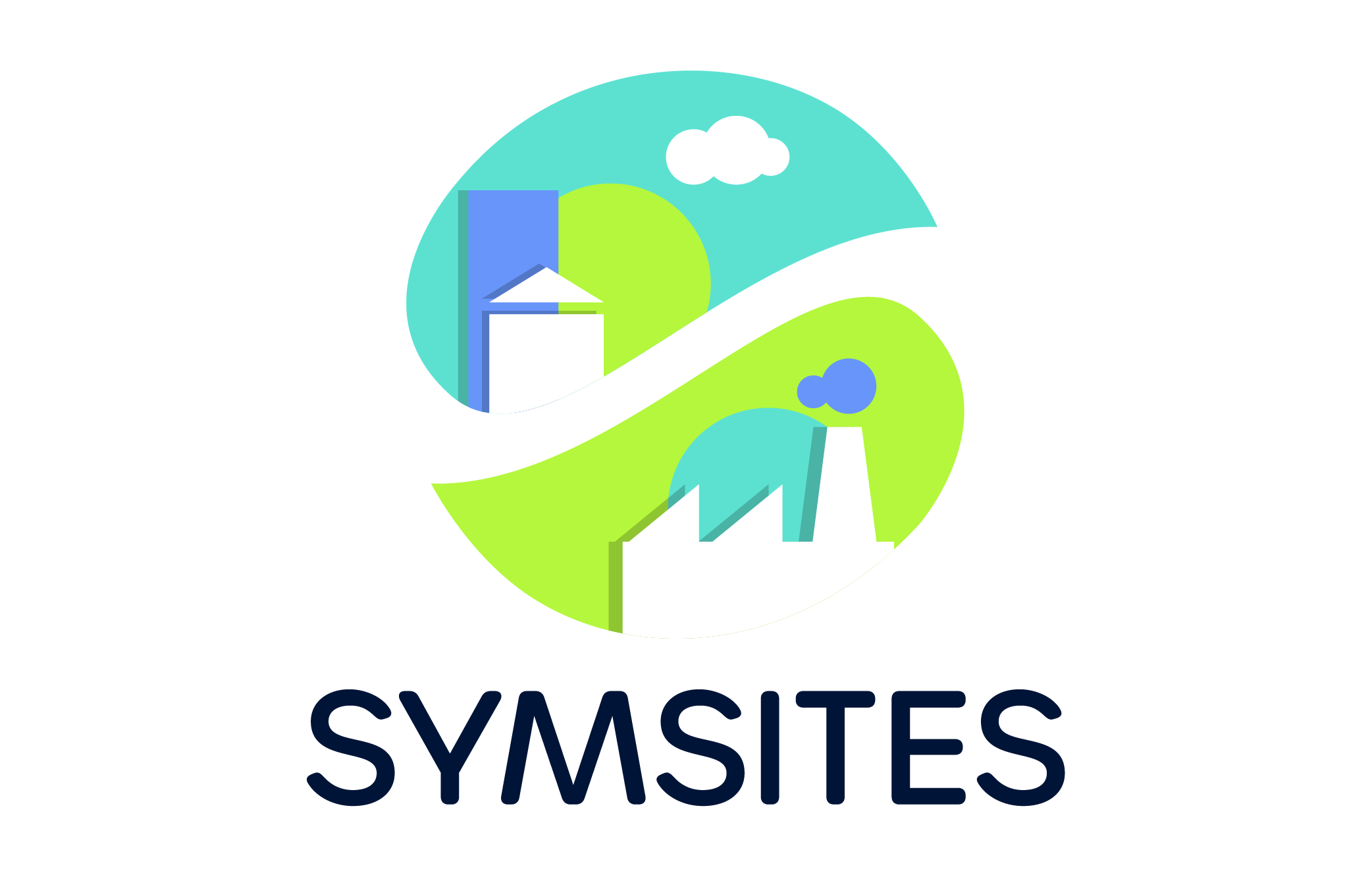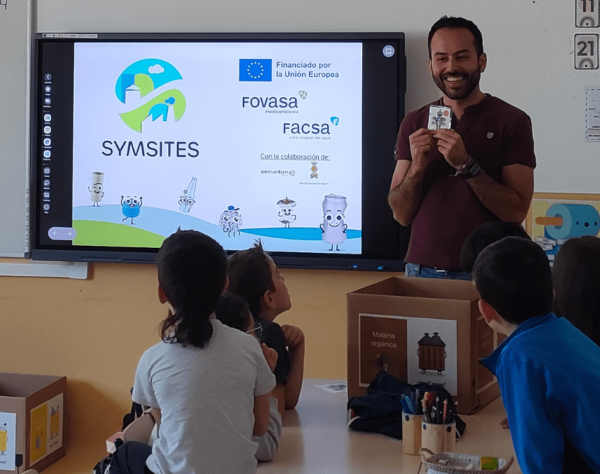
Collaborating with EU stakeholders to ensure the success of the ITRMP
ITRMP: the tool to manage Industrial-Urban Symbiosis at EcoSites
Industrial-Urban Symbiosis (I-US) is a circular economy strategy that involves various stakeholders such as industries, utilities or municipalities in a certain area, who cooperate in such a way that wastes from one process are valorised transforming them into resources for other processes.
The exchange of resources between actors and the required processes to convert waste into high-value new resources (HVNR) creates a need for a tool to manage these processes effectively. To meet this need, SYMSITES proposes the IT Regional Management Platform (ITRMP) digital solution. This tool seeks to facilitate decision-making and help to manage challenges such as:
- Conduct a feasibility assessment of I-US based on factors such as cost, environmental indicators, and societal issues.
- Assist stakeholders in making informed decisions during negotiation processes and in policy-making.
- Support advanced digital waste and wastewater treatments to extract HVNR, keep track of their production and performance and simulate different scenarios.
How does SYMSITES consider stakeholders’ needs in this tool?
To ensure that an online tool like ITRMP is useful for everyone who might use it, it’s crucial to make sure it meets the needs of all potential users and is presented in a way that’s easy to understand.
The ITRMP was conceived to be a facilitating tool.
To promote its effectiveness, we collected and analysed opinions from 183 experts who contributed additional information to the requirements specification task, answering to surveys and participating in co-creation experiences. These workshops, held both face-to-face in Pisa and online in three different sessions, took place from January to March 2023. In addition, a web-based survey was open from January to March to allow those who did not attend to share their views too.
During the co-creation process, ITG and KLINK led the way in gathering opinions from stakeholders.
Key themes and issues
The process helped to identify and validate key themes and issues to be addressed in the ITRMP.
One of the key topics that emerged from the co-creation initiatives was the need to ensure that a digital view of the valorisation processes is provided along with other capabilities to manage data in real time (loading data into the platform, providing quality and control of it) as well as using it to obtain models and simulations using Artificial Intelligence.
Another important theme that arose from this process was the need to share the ITRMP with all the involved stakeholders in decision-making to make Industrial-Urban Symbiosis possible.
Regarding the social aspect of ITRMP, the conclusions drawn from the questionnaires have helped us understand their preferred method for evaluating decisions that involve social considerations. Additionally, these results have provided more context for mapping topics such as existing conditions, barriers, and facilitators to develop I-US, as well as the influence that different groups of stakeholders may have on the establishment and development of EcoSites.
Key features of the ITRMP
The work developed during these past few months has resulted in a document containing the description of the requirements. The requirements state what the software should do to meet the needs of the stakeholders.
Summarizing, the ITRMP building block will satisfy these requirements as follows:
- The “Smart monitoring, control and optimization” (SMCO) module will provide tools for decision-making in valorisation facilities. It will help to detect deviations in monitored parameters, optimise operating parameters, and study process behaviour using predictive models.
- The “I-US potential Map” (IUSM) module in ITRMP will assess if I-US is possible in a particular geographic location. It will be done by defining the area’s boundaries, configuring the actors involved, and evaluating the viability of different scenarios.
- The “Smart Matchmaking” (MATCH) module supports the matchmaking. This concept refers to linking parties to create mutually beneficial relationships in the context of I-US. To do so, it will facilitate the identification of HVNR or other components of the EcoSite, as well as the technologies and their suppliers.
- The “Policymaking based on social factors” (ĸ–SDSS) will enable users to investigate how different policy choices about the implementation of the EcoSite model may affect key social factors like employment, working conditions, living conditions or community building.





